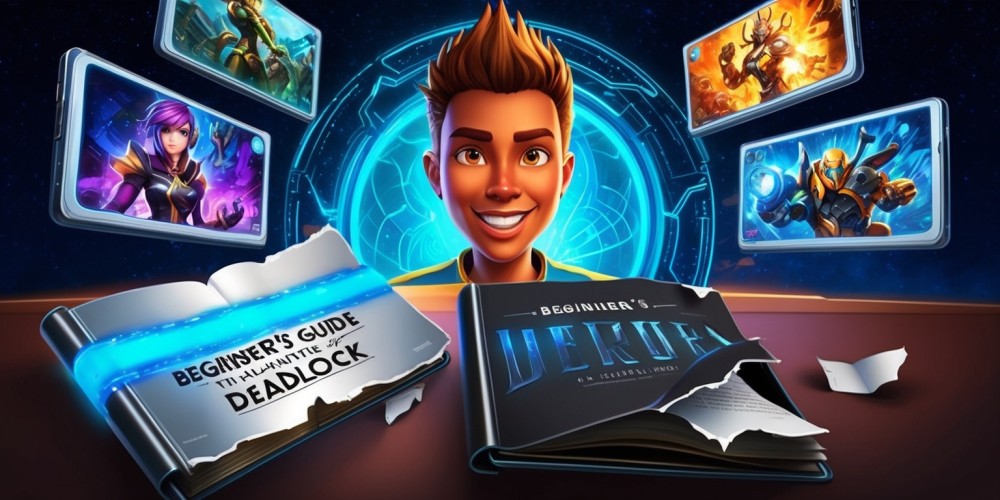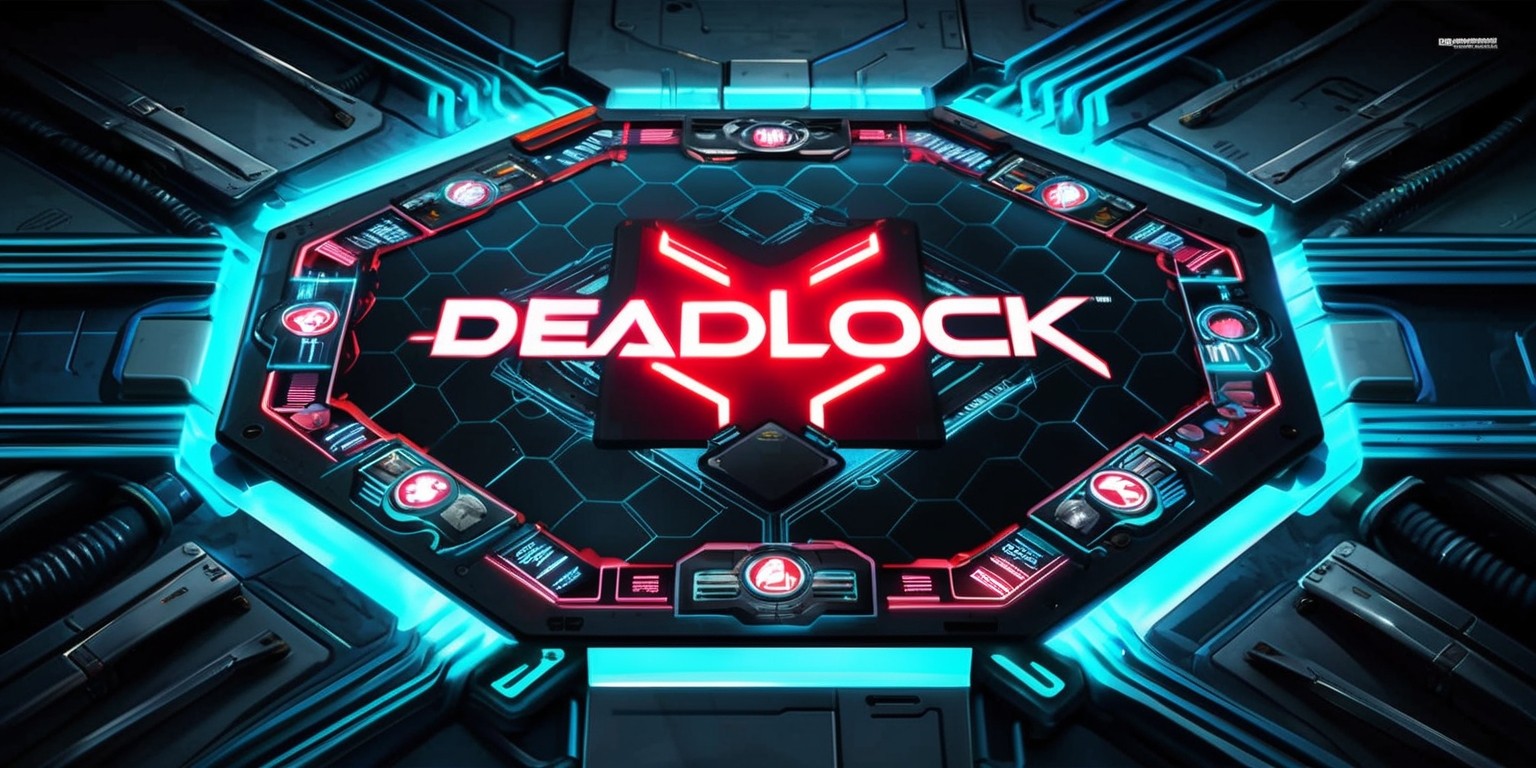Beginner's Guide to Mastering Heroes in Deadlock: Top Picks for New Players
- 549

In the world of gaming, few experiences rival the thrill of entering a vibrant, action-packed arena filled with strategic battles and cooperative gameplay. Valve’s latest entry into this genre, Deadlock, has made a notable impression, combining elements of both multiplayer online battle arenas (MOBA) and hero shooters. As players navigate through this captivating third-person shooter, they assume the role of powerful heroes, each possessing distinct talents and skills that contribute to the team’s success. For newcomers, it can be intimidating to choose a hero, especially with the variety of characters available. To aid those just starting their journey into Deadlock, let’s explore the top heroes that are particularly suited for beginners.
Abrams: The Frontline Fortress
For those who prefer to absorb damage while leading the charge, Abrams is an excellent choice. Known for his impressive durability and mobility, this hero excels in face-to-face confrontations. By attracting enemy fire, Abrams creates opportunities for his teammates to wreak havoc from behind, all while maintaining his own vitality.
Durability and Presence
Abrams stands out thanks to his bulk and inherent survivability. Players can confidently position him in the heat of battle, causing chaos among enemy ranks.
Key Abilities
With a robust set of abilities, Abrams can defend himself while creating space for others, making him an impactful choice for new players.
Bebop: The Versatile Trickster

Another standout pick for beginners is Bebop. Share the excitement of controlling a hero with a playful variety of skills, including the power to pull enemies, launch explosives, and even execute powerful uppercuts. Bebop introduces a fun element to gameplay, making each encounter unpredictable.
Combos and Creativity
The beauty of Bebop lies in his capability to combine his skills creatively, allowing players to disrupt the battlefield, assist allies, and inflict damage in unexpected ways.
Surprising Firepower
When stealth is not an option, Bebop's laser capabilities can turn the tide of a fight. He is perfect for those who enjoy dynamic playstyles.
Dynamo: The Guardian
For players inclined towards a support role, Dynamo is an excellent introduction to healing and protection strategies. This support hero thrives on keeping teammates alive while actively participating in battles.
Strategic Healing
Dynamo’s healing abilities are critical in shifting the momentum of engagements, ensuring his allies stay at peak performance.
Game-Changing Plays
With the right timing, a well-executed use of Dynamo’s abilities can turn a potential defeat into a jubilant victory, especially during heated team fights.
Grey Talon: The Silent Predator
Those who appreciate a more tactical approach will find Grey Talon to be a thrilling choice. This enigmatic hero uses a bow to rain arrows down upon unsuspecting adversaries, while cleverly set traps lure enemies into peril.
Precision Strikes
Grey Talon embodies the essence of a sharpshooter, relying on accuracy to dismantle foes from a distance.
Utilizing Nature
His unique ability to summon an owl adds an unpredictable element to his gameplay, enhancing both offense and utility in team dynamics.
Haze: The Shadow Assassin
For players fascinated by stealth, Haze presents an exhilarating option. With abilities centered around invisibility and quick stuns, she specializes in covert operations.
Surprise Engagements
Those using Haze thrive in one-on-one exchanges, capitalizing on unsuspecting targets through crafty positioning and strategic strikes.
Elusive Playstyle
Her ability to navigate through the battlefield unseen allows for engaging gameplay, perfect for players who enjoy versatility and agility.
Infernus: The Fiery Warrior
Infernus offers a fiery take on traditional soldier archetypes. His visually captivating character design paired with a straightforward skill set makes him beginner-friendly.
Damage Over Time
Infernus excels at inflicting lasting damage, causing chaos among enemy ranks while remaining mobile to chase down opponents.
Unique Weaponry
Players will enjoy using his fiery skills to manipulate the battlefield and force enemies into challenging positions.
Kelvin: The Icy Strategist
As a character adept at crowd control, Kelvin is perfect for individuals looking to lend their support their team while still engaging in offensive plays. His freezing abilities create unique opportunities for dominance in team fights.
Adaptable Gameplay
Kelvin’s diverse skill set allows for a range of strategies, making him a valuable player on any team, especially during crucial moments.
Control the Battlefield
Players can utilize Kelvin's skills to slow down opponents, giving his team crucial time to maneuver effectively against enemies.
Seven: The Stormbringer
Last but certainly not least, Seven brings an electrifying presence to the arena. His ability to wield lightning to deal immense damage captivates those who enjoy high-impact combat.
Dynamic Combat Style
Seven's gameplay is centered around his quick strikes and the chaotic nature of his abilities, which can significantly sway the outcome of skirmishes.
Becoming the Center of Attention
Whether dealing with multiple foes or engaging in focused attacks, punctuating battles with bursts of electricity makes Seven a captivating choice for any new player.
Now that we've explored these eight heroes, the choice becomes much clearer for newcomers to Deadlock. Each hero offers a unique entry point, accommodating different playstyles and preferences. Whether you prefer being on the frontlines absorbing damage, stealthily outmaneuvering opponents, or providing essential support to your allies, there’s a perfect fit waiting for you. Take the time to explore these characters in practical combat scenarios and find the one that resonates most with your personal gaming style. Happy gaming, and may your journey in the thrilling world of Deadlock be filled with victories and exhilarating moments!
